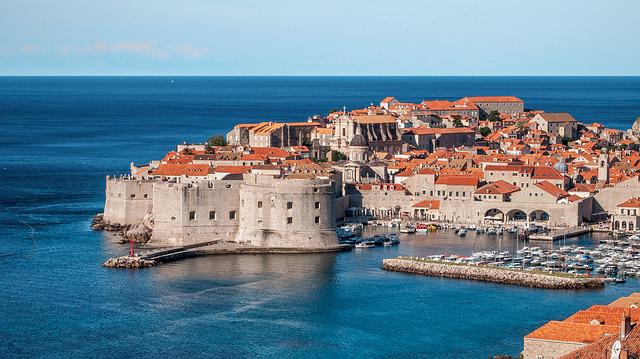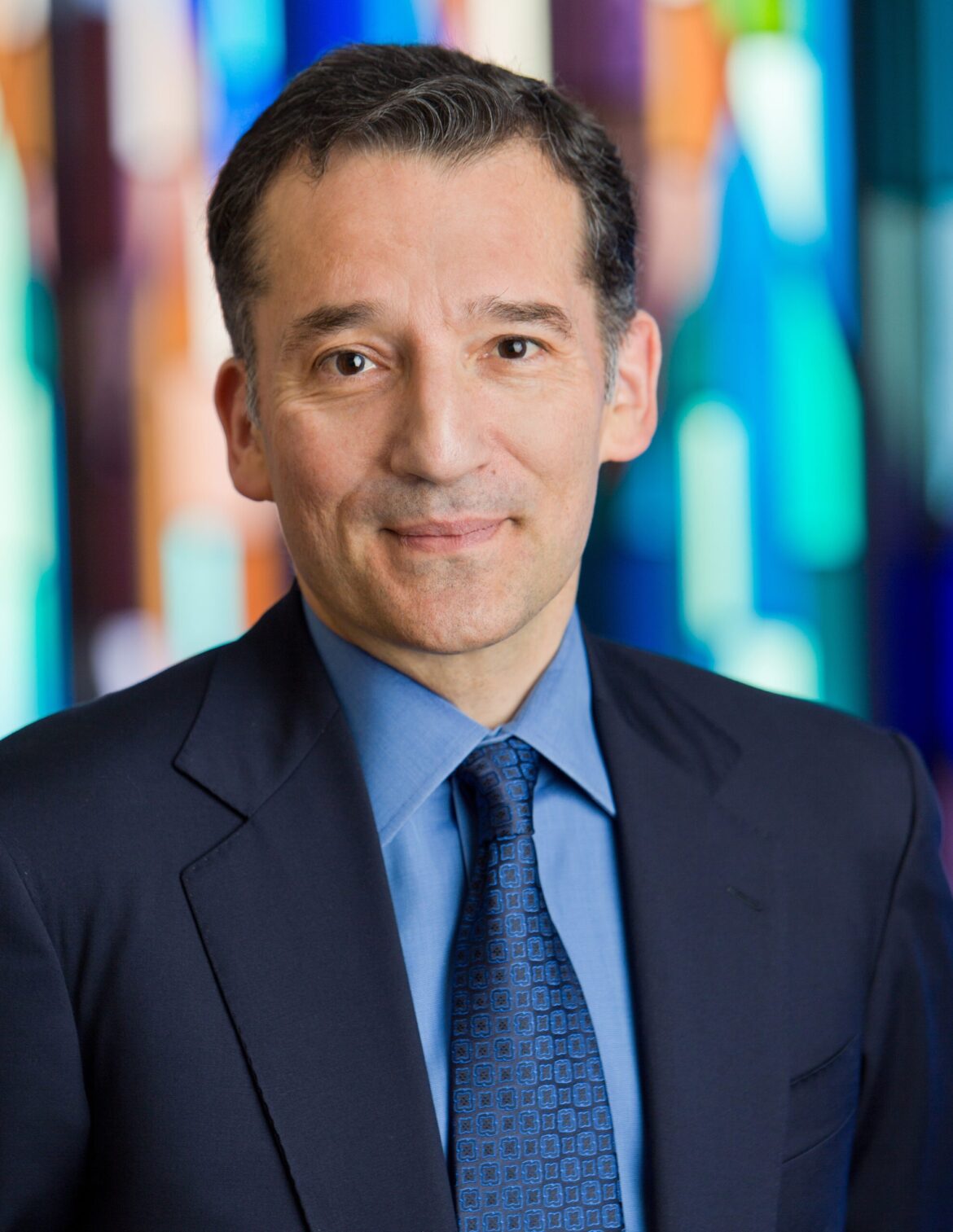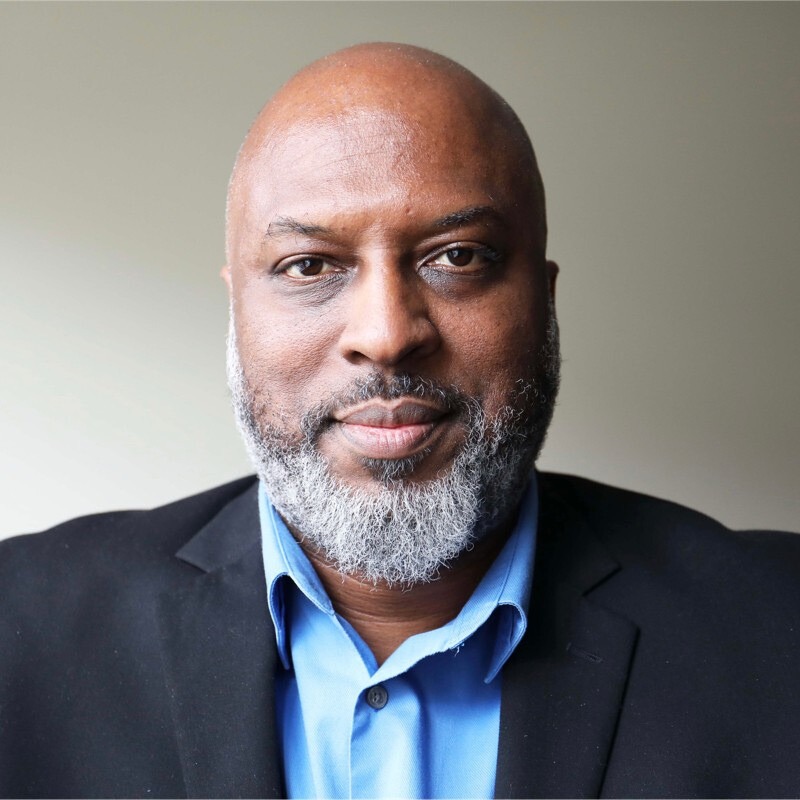BEIT SHEARIM FIELD REPORT PART 2
The Galilee was rich in oil produce. An allusion of this is Moses blessing the tribe of Asher saying ”tovel be shemen raglo” (Deuteronomy 33:24) “He shall be pleasing to his brothers and dip his feet in oil”
Large public structure_
We cross a gate and continue walking eastward, going upon another hill to a open space where there is a very large oak tree.(alon-chene)Alon Tavor.
There are 3 types of oak trees in the Galilee dependent on the height were they grow:
Alon Matsui: 700 to 800 m.or higher above sea level, Alon Tola from 400 to 700 m. above sea level and the tree that grows in the lowest level is Alon Tavor.
We can perceive a large rectangular structure, obviously a public building, built with double frame Herodian style ashlar blocks. The archeologists dated the building to 200 CE An explanation of its use might be as
Sanhedrin: Beat Shearim was the seat of the Sanhedrin from 180 to 200 CE
Functions: a) Theological university: Bet midrash where people came from all over to learn. The rabbis who defined it discussed Halacha, the Law.
b) Supreme Court: There were three type of courts: with 3, 23 and 71 judges. The quantity of judges depended on the case. Each row consisted of 23 seats. As opposed to modern times when a person that needs a trial has to come many times to the court, during the times of the Sanhedrin they were judged immediately upon petition. The rabbis would stop their studying and address their attention to the issue in point. If one of the 23 members in a row was absent, the case would be immediately judged by the next row of 23 rabbis. The members were counted among hundreds. (The Sanhedrin in Yavne was called Keren be Yavne because they were seating in rows like in a vineyard)
Once a person had enough knowledge to judge a case he was given a Smicha (rabbinical ordination): A more authoritative rabbi would place his hands on his head. Nearby there is a road junction called Somech in memory of rabbi Yehuda ben Bava who ordained (gave Smicha) 5 rabbis after the Bar Kochba Revolt, it was the renewing of the Sanhedrin. He was one of the sages of the10 martyrs (harugei maljut), a prayer that is said in Ashkenazi communities in Yom Kipur and 9th of Av.
The Babylonian Talmud mentions that the sages used to sit in the basilica (achsadra) of Bet Shearim.
There is an interesting argument in the Palestinian (Yerushalmi) Talmud in which they cannot agree if the achsadra had 6 or 8 columns per row. The archeologists shed light on the issue when they discovered that a central wall separated the space in which on one side were 6 and in another 2 columns. The 2 columns were added on a later date. Thanks to this information we might assume that this building housed the Sanhedrin of Bet Shearim.
VIEWPOINT.
From the area of the oak tree we can perceive the Jezreel Valley, Mountains of Gilboa, Giv’at ha More with Afula in its slopes. Giv’at ha More (teacher: showing the way) as its name indicates, situated the person as to where was his emplacement. To its left there is a mountain with a tower: Migdal ha Emek, further to the left the ridge of the Mountains of Nazareth with Nazareth on its left, below is Ramat Ishai, Emek Jezreel , Yeoshua, Sde Yaakov. Ramot Menashe. On the right of Giv’at ha More there is Yokneam and it’s tell, an elevation on the right side of the city. The tell is mentioned in the book of Joshua, as one of the 31 kings that fought against him, and in the letters El Amarna.
On crusader’s time a large church was built on top of the tell. On the right of Yokneam there is Mt. Carmel with the Muchraka on top, a place where Eliahu fought the priests of Baal. The Kishon River can be seen.
The Emperor Constantine made Christianity an official religion of the Roman Empire in 324 and later on Theodosius made it the only state religion of the Byzantine Empire. In Eastern and Central Galilee there was a strong Jewish community, Christianity was not allowed and therefore we find no Churches in this area, as opposed to the Western part of Galilee. The names of the settlements nowadays are in 98% the same as in Second Temple and Byzantine period. At that time the Arabs had not invaded yet the Galilee. Arabic sounding names are originally Jewish ones. Sachnin is mentioned in the Mishna : rabbi Yehoshua of Sachnin; Turan: The Midrash Rabba in the Song of Songs Shir ha Shirim interprets the beauty of the women as in the women of Turan; Kibbuts Lavi: there was an Inn(pundak) of Lavy; Kfar Manda: there is an Amora mentioned in the Yerushalmi, Rabbi Issaschar of Kfar Anda; Cana and Nazareth are mentioned in the New Testament as Jewish villages.
The white domed tomb of Sheik Ibrik can be perceived among the trees 100 m. from the oak tree. It was built on the mid 19th century and is a Makam: a Muslim holy site. It is generally outside the city and people came to pray and make petitions.
Ibrik means jug in Arabic. The story is told that Ibrik was a holy person and spent time praying five times a day. He used a jug to wash his feet and his hands as is customary before his prayers. He worked for a person that was upset by the amount of time that Ibrik spent in praying, in an attack of rage kicked the jug that always Ibrik had next to him and immediately became immobilized. Ibrik prayed on his behalf to Allah and the mobility of the boss was restored. A miraculous stream brought about by the overturning of the jar is still seen in the Makam, which is the area in which all this took place.
NECROPOLIS
Situated within the national park. The method of burial in the 3rd and 4th century was in caves. In Bet Shearim the northeast and western slope of the mountain were carved. Rock cut catacombs were prepared to provide burial places to sell to people from outside Bet Shearim. They came from the Diaspora: Antioch, Tadmor ( Palmyra) Byblos, Tyre, Sidon, Beirut in Syria, Meishan in Northern Mesopotamia, Hymyar in Southern Arabia, and the Jews of Palestine-ELAlath (Etsion-Geber), nearby Arabah and Baka. All these areas belonged to the Roman Empire. Babylonia belonged to the Parthian Empire, ferocious enemies of the Romans, and Babylonian Jews were unable to be buried here.
Some were family vaults, but the majority was for the general public. Each catacomb contained an open court and a number of tomb halls that were connected by a series of chambers. The openings between the chambers are arched. The usual form is the arcosolium-an arched niche cut into the wall, and Kukhim (Loculi-burial recesses). The soft rock lends itself to carving and there are many reliefs, graffiti and drawings of a primitive style. Jewish symbols and ritual objects are common motifs; especially the 7 branched candelabrum and the Ark of the Law, complete with columns and steps. The shofar, lulav, etrog , incense shovels and secular motifs: animals, ships, and geometric patterns are also present
The epigraphs are of special importance; they reveal name and name of father, language, and occasionally place of origin and occupation of the deceased. They are incised on the walls; sides of tombs, lintels, and stone marble slabs or are painted in red or black. The majority is written in Greek and others in Hebrew, Aramaic and Palmyrean. Titles or callings were teacher, rabbi, chief of a synagogue, chief warden of a community, kohen, banker, physician, perfumer, government official, textile merchant, clothdyer, goldsmith, etc.
It is interesting to note the transformation of purely Hebrew names to the local vernacular, in one or two generations.

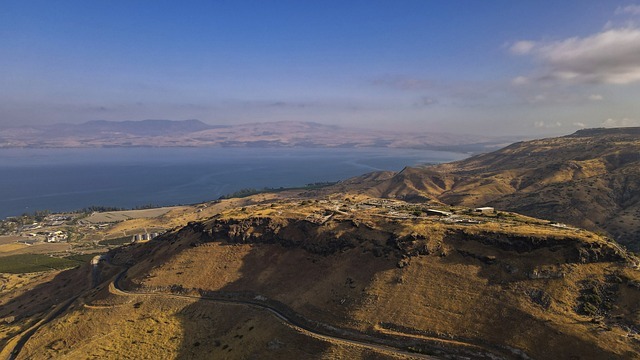
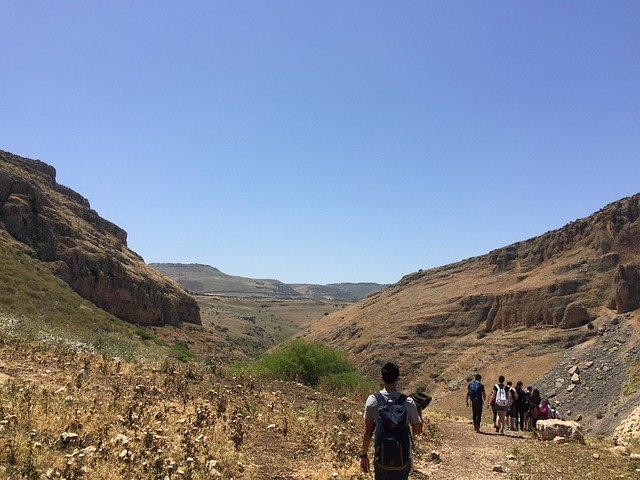
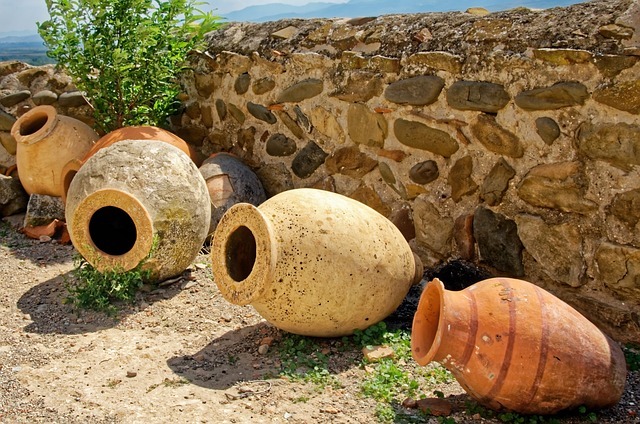
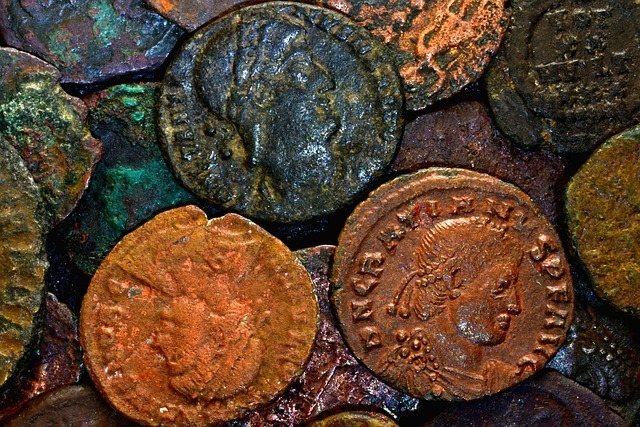

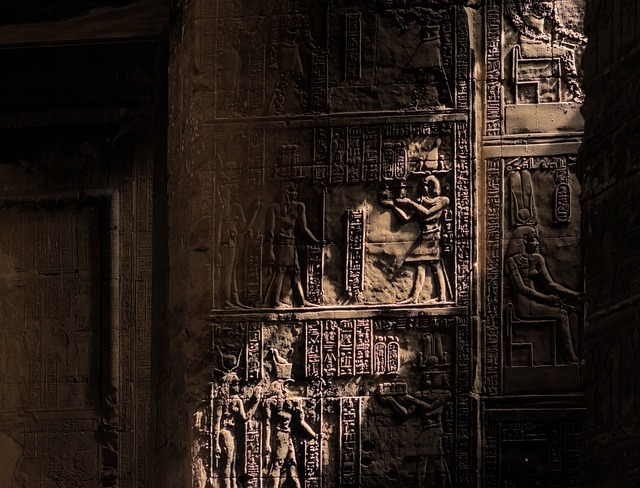
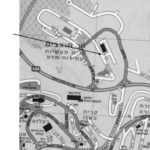 The 18 November field trip consisted of visits to the Israel Lands Authority in the morning and the Bible Lands Museum Jerusalem in the afternoon.
The 18 November field trip consisted of visits to the Israel Lands Authority in the morning and the Bible Lands Museum Jerusalem in the afternoon.